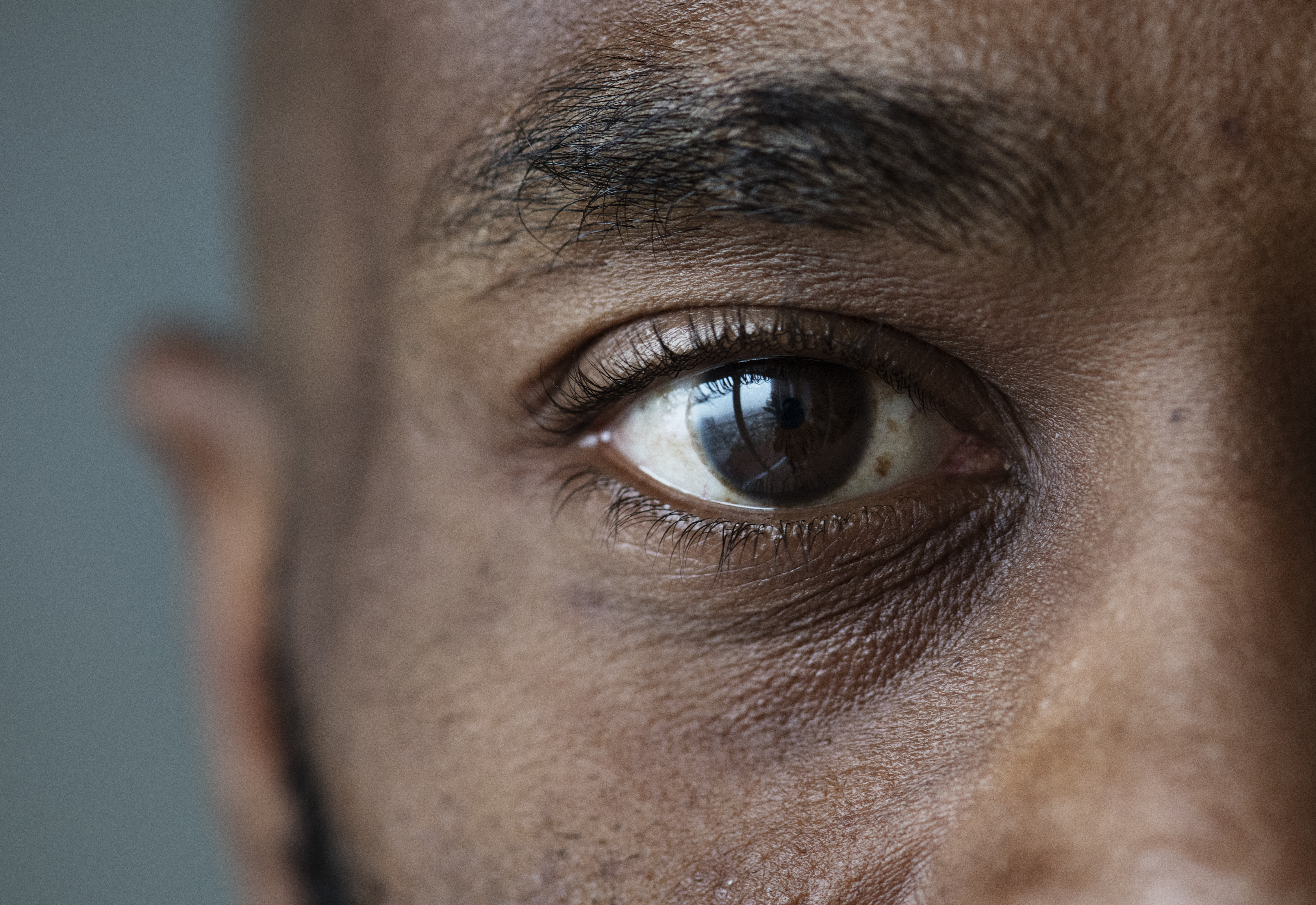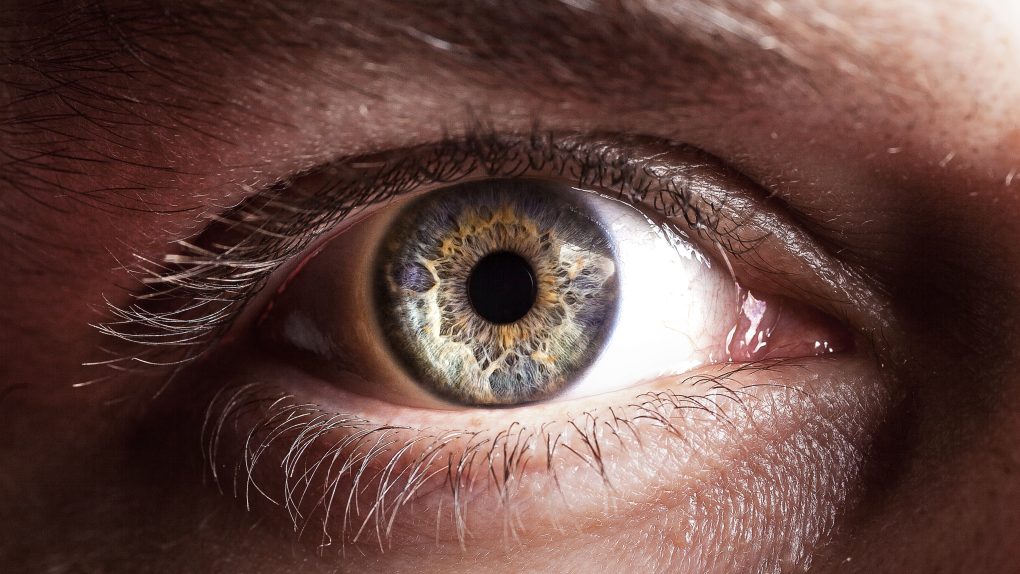Genetic blindness can result from a myriad of problems, including problems with the tissue that lines the inside of the eyeball. For three decades now, scientists have tried to treat blindness by implanting healthy light-sensitive cells into failing eyes. However, these therapies aren’t always successful, as the implanted cells often die or fail to incorporate.
Soon, however, a new type of stem-cell therapy could change that.
New study proposes stem-cell treatment for genetic blindness

The researchers published their findings on the new stem-cell therapy in Stem Cell Reports last month. In the paper, the researcher offers a first step toward using stem cells to treat genetic blindness. However, it can be difficult to treat because the genes responsible for blindness are still unknown. As such, it’s hard to target those specific genes to repair or replace them.
Because the genes are unknown, many forms of genetic-based blindness have no available therapy options. And as Inverse notes in its report on the research, many people are too far gone to help, as the condition has progressed beyond the point of no return. But, if researchers can come up with regenerative therapy options, it could allow them to repair the damaged cells and restore vision.
To test the hypothesis, the researchers took human stem cells and dosed them with chemicals that caused them to form precursors for photoreceptor cells. From there, the researchers injected the cells into three dogs with normal vision and three with genetic blindness caused by inherited retinal degeneration.

Next, they tracked the cells’ position over time using fluorescent patterns they modified the cells to generate. In dogs with normal vision, the cells could not enter the retina because it was still intact. However, the implanted cells connected with neurons in the eye in the three with degenerative retinas.
This connection is important because it proves that this kind of gene therapy could help treat genetic blindness. Especially that which has progressed too far for the other available gene therapies. In the future, researchers must refine how they deliver the cells. They’ll also need to test whether or not the implanted cells actually improve the vision.
For now, we can at least celebrate that a first step has been discovered. And we can celebrate that the results of that step are so promising.







